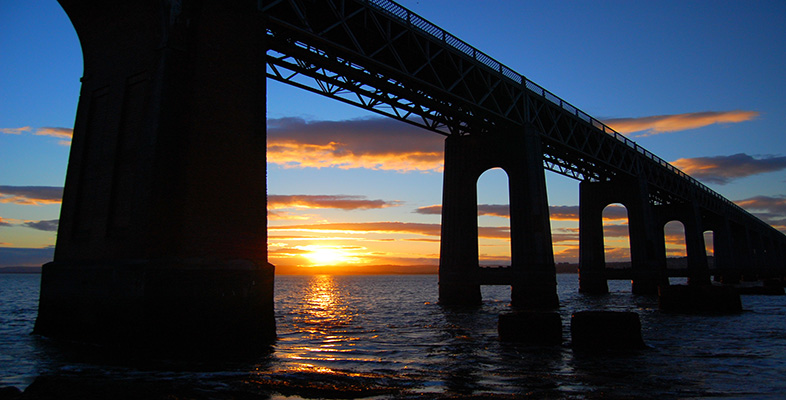Tay Bridge disaster
Introduction
This unit starts by giving an overview of the two main categories of disasters: disasters of natural origin and disasters of human origin. It then analyses the Tay Bridge disaster, which was caused by mechanical failure.
Inevitably, human factors emerge as important in many major disasters. They may involve the failure by engineers, designers or managers to recognise faults in safety-critical products, or managers overriding the design team for other reasons – such as keeping to a deadline or keeping costs within a predetermined budget. We cannot therefore neglect discussing such problems in failure cases.
One way of examining such events is by dividing them into two categories, those of natural origin, and those occurring to manufactured structures. The division cannot be enforced rigorously, however, because the one can cause or interact with the other. The great forces unleashed by natural effects can make a structure unstable and hence unsafe, or even destroy it entirely. Structures should therefore be designed to withstand such forces.
It follows immediately that designers need to know what magnitude of force to expect for the lifetime of their particular product. When structures such as ships, aircraft or spacecraft are made specifically to withstand extreme environments, they should be able to resist those forces safely.
Find out more about studying with The Open University by visiting our online prospectus [Tip: hold Ctrl and click a link to open it in a new tab. (Hide tip)] .
